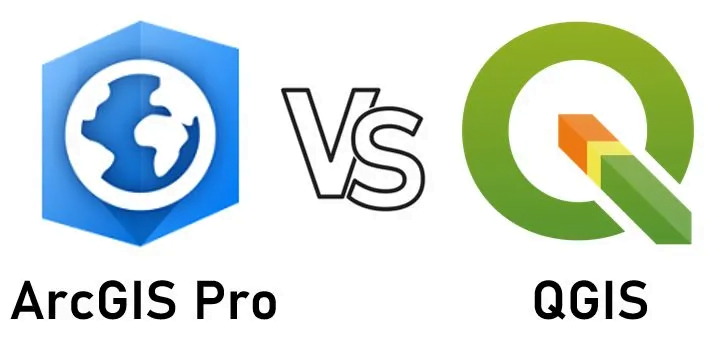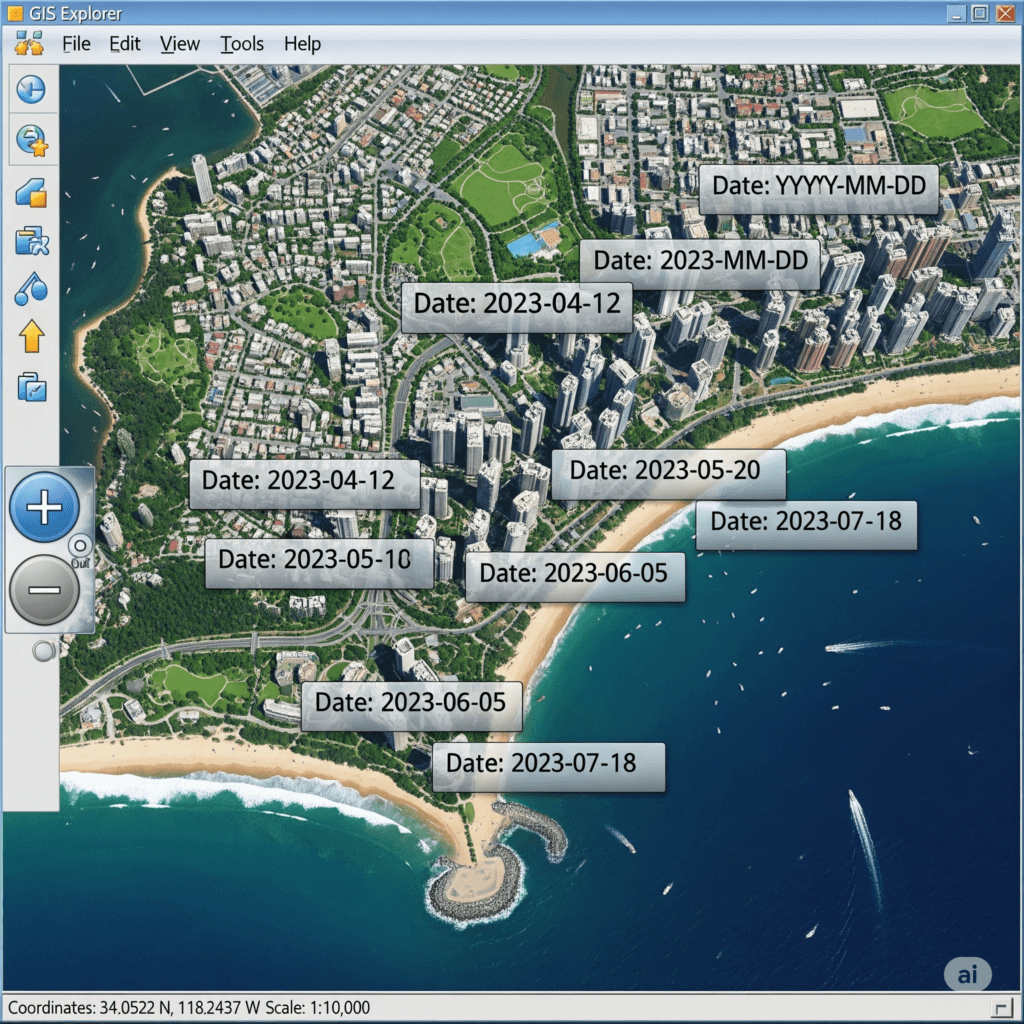Introduction
GIS (Geographic Information System) is a powerful technology that allows users to capture, store, analyze and display geographically referenced data in digital form. It is a crucial tool in various fields such as environmental management, urban planning, and disaster response. There are various GIS software and tools available in the market, each with its own set of features and capabilities. In this article, we will provide comparison and review of two most popular GIS software tools.
ArcGIS (ArcMap and ArcGIS Pro)
ArcGIS is a GIS software tool developed by Esri (https://www.esri.com/), which has been a leading company in the GIS industry for over 50 years. It is a comprehensive tool that offers a wide range of capabilities such as data management, analysis, and visualization. ArcGIS is a paid software tool, with various pricing options based on usage, including a free trial version.
One of the key advantages of ArcGIS is its user-friendly interface, which makes it easy for beginners to get started with GIS analysis. It also offers a large library of pre-built tools, which can be customized to fit specific user needs. ArcGIS also supports a variety of data formats, including shapefiles, CSV, and spreadsheets.
The Standard version lets you create maps and analyze data but lacks some advanced features such as 3D modeling or annotation tools (markers). To unlock those features, you’ll need to upgrade your account with Esri through one of their partner programs or purchase an application license directly from them online at https://www.esri .com/products/arcgis/#license
QGIS
Quantum GIS (QGIS) is a free and open-source cross-platform desktop geographic information system (GIS) application which can be download using the link https://qgis.org/. It supports vector, raster, and database formats. QGIS runs on Linux, Unix, Mac OS X and Windows. QGIS is developed by a community of developers and has been widely adopted by various organizations and individuals.
QGIS can be used for geospatial analysis of large amounts of data in the form of point files or tabular data from external sources such as Esri Shapefiles or PostgreSQL databases. Some users prefer Qgis because they find its user interface simpler than ArcGIS’ interface; however, others may feel overwhelmed by how many options there are within this free tool compared to other commercial offerings like Esri MapViewer Pro/Express or MapInfo Professional Solutions. It offers advanced cartographic capabilities, allowing users to create high-quality maps with customized symbols, labels, and layouts. QGIS also offers a variety of analysis tools, including spatial statistics, network analysis, and raster analysis.
Comparison
When comparing ArcGIS and, there are several factors to consider, such as cost, user interface, and capabilities. ArcGIS is a paid software tool, while QGIS is free and open-source. ArcGIS has a more user-friendly interface, while QGIS offers more flexibility and customization options. Both software tools offer similar capabilities, with ArcGIS having a slight advantage in advanced geoprocessing tasks and mapping options.
| Factors | ArcGIS | QGIS |
| cost | paid software | free and open |
| user interface | more user-friendly interface | flexibility and customization |
| versions | Basic, Standard and Advanced |
So, which GIS software is right for you? Well, it depends on your needs. But if you’re looking for a simple and easy-to-use solution, then QGIS might be best for you. However, if you’re looking to get serious about geospatial data and want advanced features like 3D modeling or automatic raster generation (aka tiling), then ArcGIS would be more appropriate. We hope this guide has helped narrow down the choices so that you can make an informed decision on which option is best suited for your needs!



